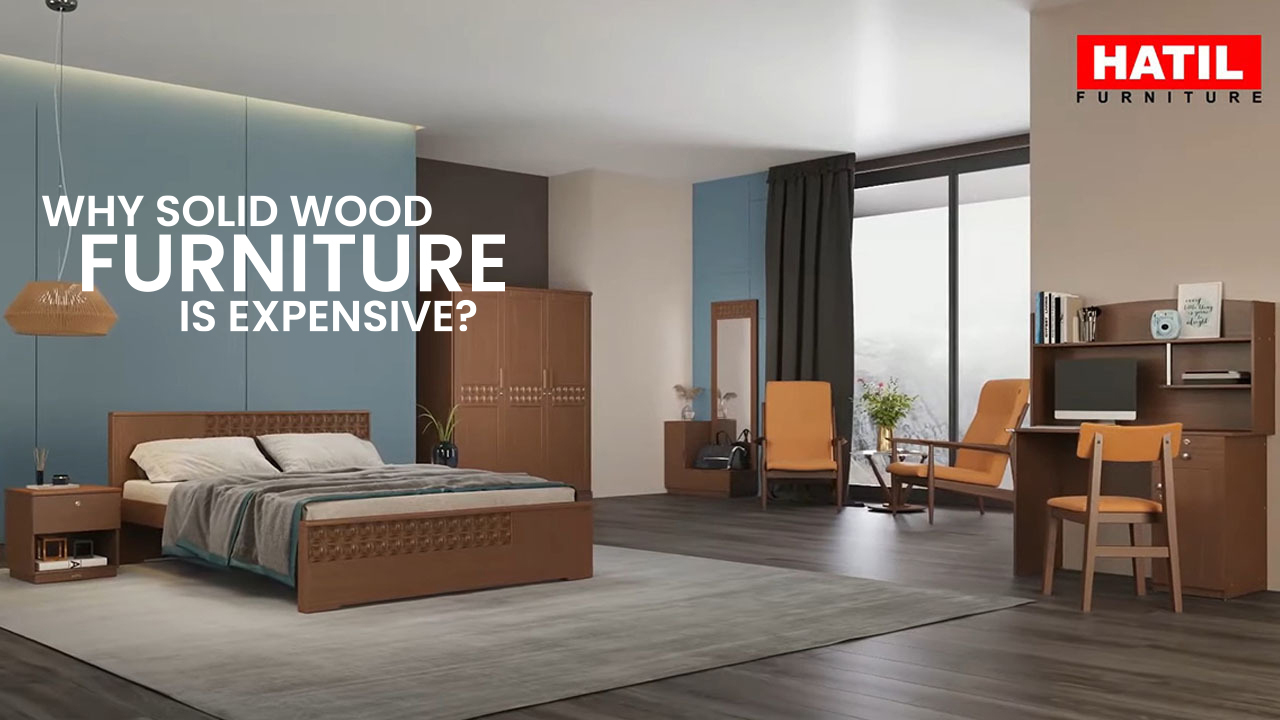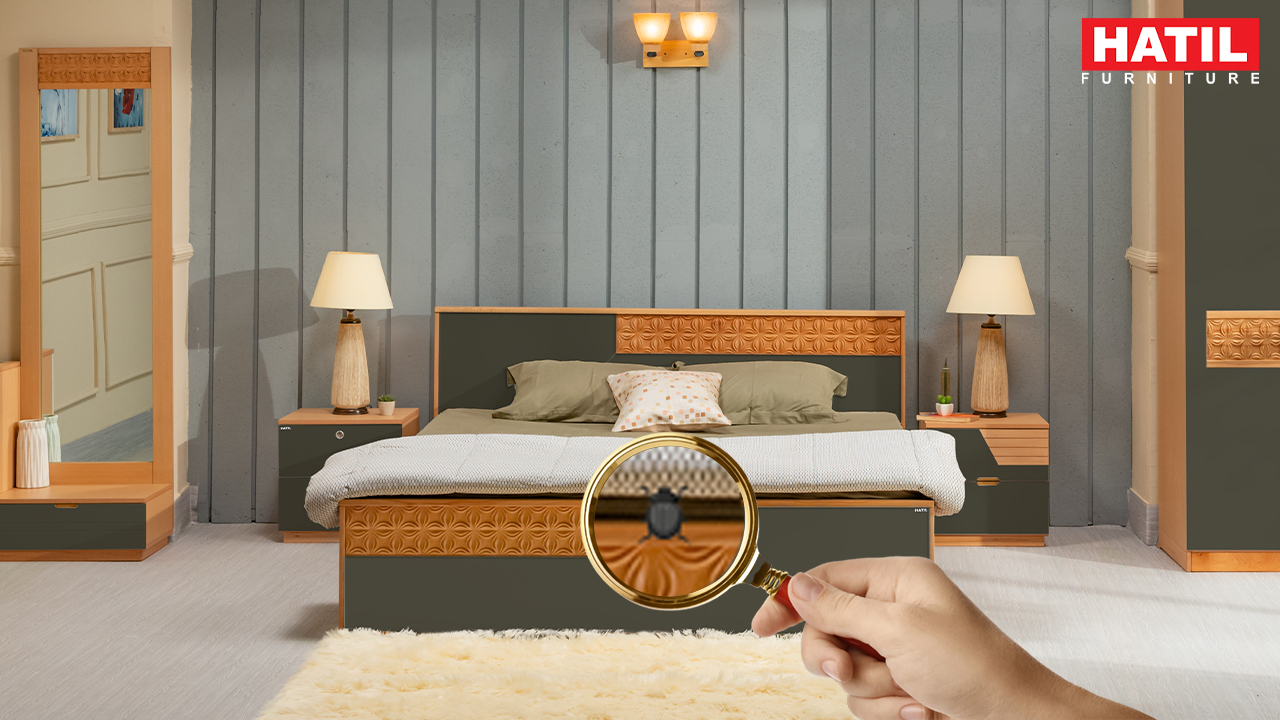Wood furniture has been around for generations – I’m talking solid, 100% natural wood harvested from tree logs. None of this plywood or particleboard stuff. Back in the day, premium woods like oak, teak, maple, mahogany, and cherry were commonly used to build furniture made to last.
The type of wood impacts the durability, beauty, and overall quality of the final product. So when you walk into a furniture showroom today, you’ll notice that solid wood pieces come with a heftier price tag than those made with engineered woods and veneers.
This leaves many buyers wondering: If wood is so readily available, why is solid wood furniture so much more expensive? It’s a fair question. While the wood itself plays a role, there are other important factors that contribute to the higher costs of solid wood furniture.
Types of Wood
When it comes to furniture, you’ve got options for the type of wood used. The big three you’ll see are hardwood, plywood, and MDF (medium-density fiberboard).

1. Hardwood
Hardwood is exactly what it sounds like – wood coming straight from the tree. Think solid oak or maple.
Furniture made from hardwood will be made from a single, solid piece of wood. This makes for very durable furniture that can last ages when properly cared for.
2. Plywood
Plywood is layers of wood glued and pressed together. The layers are usually thin sheets rotated perpendicular to each other for strength. Plywood is more flexible in design since it can be shaped in ways that solid wood can’t.
The tradeoff is that it’s not as naturally durable as solid wood. With care though, plywood furniture can still last for many years.
3. MDF
MDF is like an engineered version of plywood. It’s made from wood fibers glued together under high heat and pressure. The result is a smooth, consistent board that matches well.
MDF has a reputation for being delicate, but advances in manufacturing have made it quite strong and long-lasting.
When shopping for wood furniture, pieces made from hardwood tend to be the most expensive, followed by plywood, and then MDF.
But with the right construction, even MDF furniture can be very durable while costing less. The type of wood is only part of the equation. Quality design, joinery, and assembly make a big difference too.
Why is Solid Wood Furniture So Expensive – 5 Reasons
Quality solid wood furniture comes with a hefty price tag. But there are good reasons it costs more than alternatives like plywood or particle board.
Let’s look at what goes into making real wood furniture and why it commands those premium prices.
Limited Supply of Aged, Cured Wood

In the past, abundant mature forests provided plenty of wood suitable for furniture. But deforestation has drastically reduced the availability of older trees that produce the best wood – those that have matured for at least 20-25 years before harvesting.
Most timber operations now harvest trees commercially in just 15-20 years, before they reach optimal density and structural integrity. The few stands of properly aged trees are therefore more scarce and expensive.

The wood must also go through a curing process of repeated soaking and controlled drying for 20-30 years before it can be used to make furniture. All this time in warehouses adds cost.
Labor-Intensive Hand Craftsmanship

Skilled artisans are needed to mill, cut, join, and shape solid wood into quality furniture. Their expertise is required to carefully select the optimal portions of the tree to achieve the desired look and strength.
Intricate designs must be carved by hand rather than machine for precision results. Assembly also requires meticulous joinery tailored to the wood’s unique properties.
This expert hand craftsmanship necessary for fine furniture is very time-consuming and commands high labor prices.
Superior Durability and Longevity

The dense, intact wood fibers make solid lumber furniture extremely durable, lasting for generations.
The unbroken cell structure provides strength, and natural chemicals in the heartwood resist rot, insects, fungi, and decay. With proper maintenance, solid wood furniture becomes a cherished family heirloom.
Restorability and Repairability
If damage does occur, solid wood can be repaired and restored in ways engineered wood cannot. Skilled craftsmen can blend damaged sections back into the original piece. This restorability adds tremendous value.
Perceived Value and Prestige
Beyond its structural qualities, solid wood confers uniqueness and character not achievable with engineered wood. There is prestige in owning “real” wood furniture built to last lifetimes.
For many buyers, solid wood carries a premium perception justifying the higher prices. The rarity, hand-crafting, and enduring lifespan make the costs worthwhile for buyers valuing such investments.
In short, the higher cost comes from scarce, well-aged wood, labor-intensive hand craftsmanship, natural durability, and restorability. For people valuing quality wood furniture, the price is warranted.
So How Can You Get Quality Furniture That Fits Your Budget?
Furnishing your home can be tricky when you’re on a budget. Solid wood furniture looks great but it often comes with a hefty price tag that just isn’t feasible for most families. The good news is that you have options!
Plywood and veneer furnishings offer a fantastic alternative to solid wood. The manufacturing process is a bit different, but these pieces can be just as durable and long-lasting as their pricier counterparts.
Among furniture brands in Bangladesh, Hatil is a go-to for attractive and affordable household and office furniture. Their expansive collection allows you to hand-pick pieces that match your taste and fit your budget.
So take heart! You can create a beautiful, welcoming home without draining your bank account. Opt for plywood or veneer pieces from trusted brands like Hatil.
And don’t be afraid to mix and match – solid wood accent pieces paired with more budget-friendly furnishings can give you the look you love for less. Get creative and enjoy the process of making your house a home.





